One of the most important tools you can invest in.
Why Start with a Good Chef’s Knife?
This is where it all starts. You want to get into cooking, and you are thinking, “What’s the most important tool I should own?”
The answer is a good chef’s knife, also called a French knife. Think of it as buying a blue chip stock. You’ll own it forever, and it will pay back tremendous dividends over the years.
When you look at the chef knives on the right, you notice they have a wide triangular blade that tapers to a “center tip.” The center tip means both the back of the knife and the blade are gently sloped until they meet in a point at the tip.
This blade shape is perfect for allowing the blade to rock back and forth on the tip (fulcrum) when you are chopping, mincing, and dicing. While the same can be used to cut meat, vegetables, poultry, or fish. It is a great all-around, all-purpose knife for most of your kitchen needs.
What Can You Do With A Chef’s Knife
A chef’s knife can be used for most cutting chores. It can be used for slicing, chopping, dicing, mincing, julienne cuts, disjointing large cuts of meat and even smashing garlic.
What To Consider When Purchasing a Chef’s Knife
Buying a chef’s knife is like buying any other piece of cutlery. There are certain qualities you want to be aware of before making a purchase. For example:
What type of blade? – There are many types of metal used to make knife blades. Here are a few with advantages and disadvantages:
Carbon Steel – Very tough and take a great edge but tend to discolor when they come in contact with anything acidic like tomatoes or citrus fruit. They tend to rust if not in use for a while so they must be taken care of to avoid discoloration but being sure to clean and dry them after every use.
Stainless Steel – We all know why boats use stainless steel fittings. They don’t rust, so caring for them requires much less effort. However, what you gain in usability, you lose in edge. They are difficult to keep a good sharp edge.
High-carbon Stainless Steel—Ah, the best of both worlds. It’s tough, holds an edge, and doesn’t discolor, making it a good choice for a knife blade. The carbon adds strength to stainless steel but is also more costly.
Titanium is much lighter than steel, holds its edge, and is more wear-resistant. It is also flexible, so it is a better choice for boning and filleting knives.
Does it have a full tang or partial?
Is the blade stamped or forged?
How heavy is the knife in your hand?
What about the knife’s balance?
What kind of edge does it have?
How long should it be? – Chef’s knives usually come in lengths from 6 inches to 12 inches and are about 1 inch wide. How long it should be depends on what you are going to do with it and how comfortable it feels in your hand. I like a 10-inch blade, but I own several in different sizes.
What Chef’s Knife Would I Buy
Most chef’s knives on the market are 6 to 10 inches long, with the most popular being 8 inches. I recommend every home cook start with an 8-inch chef’s knife and get used to how it feels before moving on to something bigger. At first, an 8-inch chef’s knife may feel heavy and awkward in your hand, but as you practice with it, it will start to feel natural.
Another choice you will have to decide on is whether you want a French or German-style chef’s knife. The French version has a longer and thinner blade that is better for slicing while the German style is shorter and wider and better for chopping. Just another factor to make your decision-making harder.
Ensure the knife has a secure grip and a good feel in your hand; you’re looking for balance. The handle should be riveted to the blade.
Don’t skimp on this one.

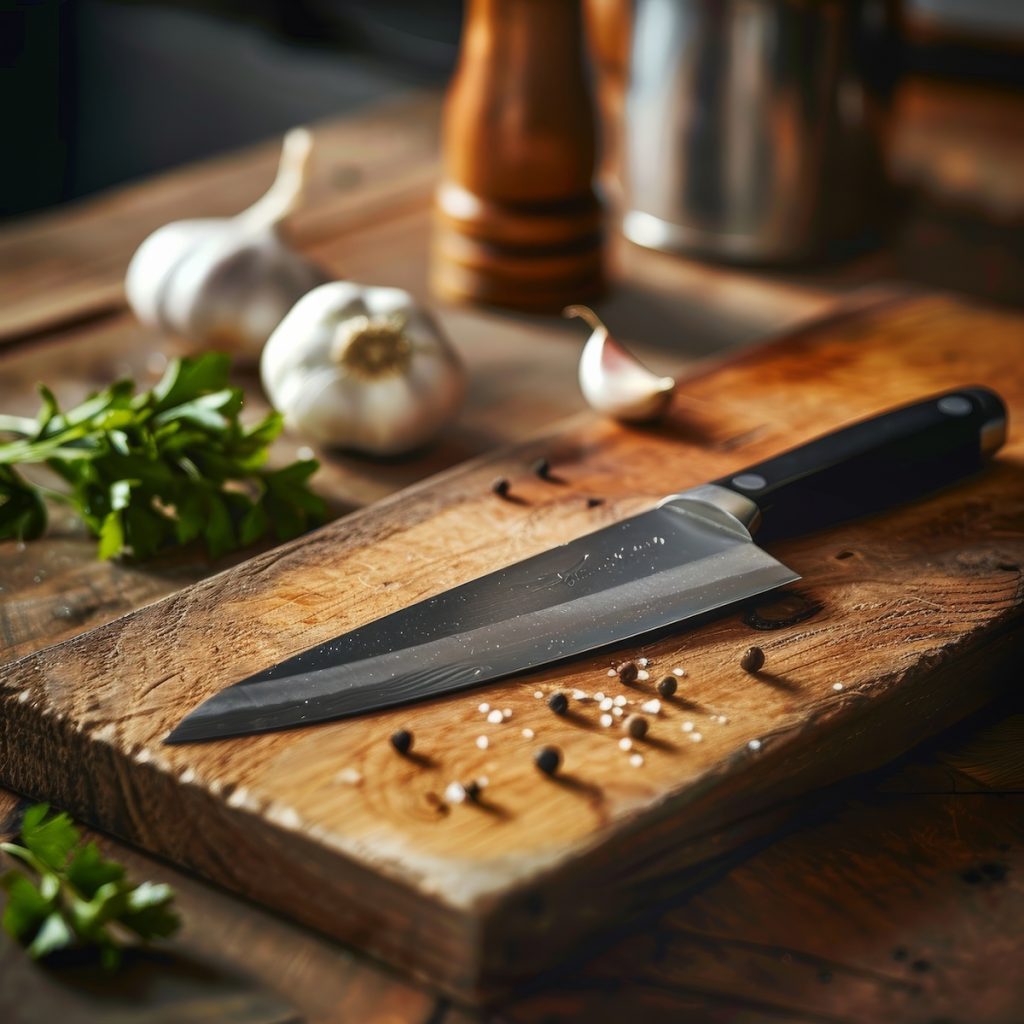




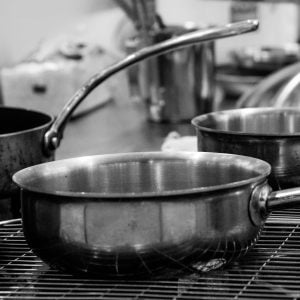
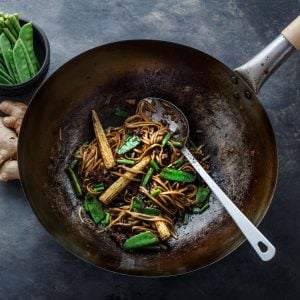
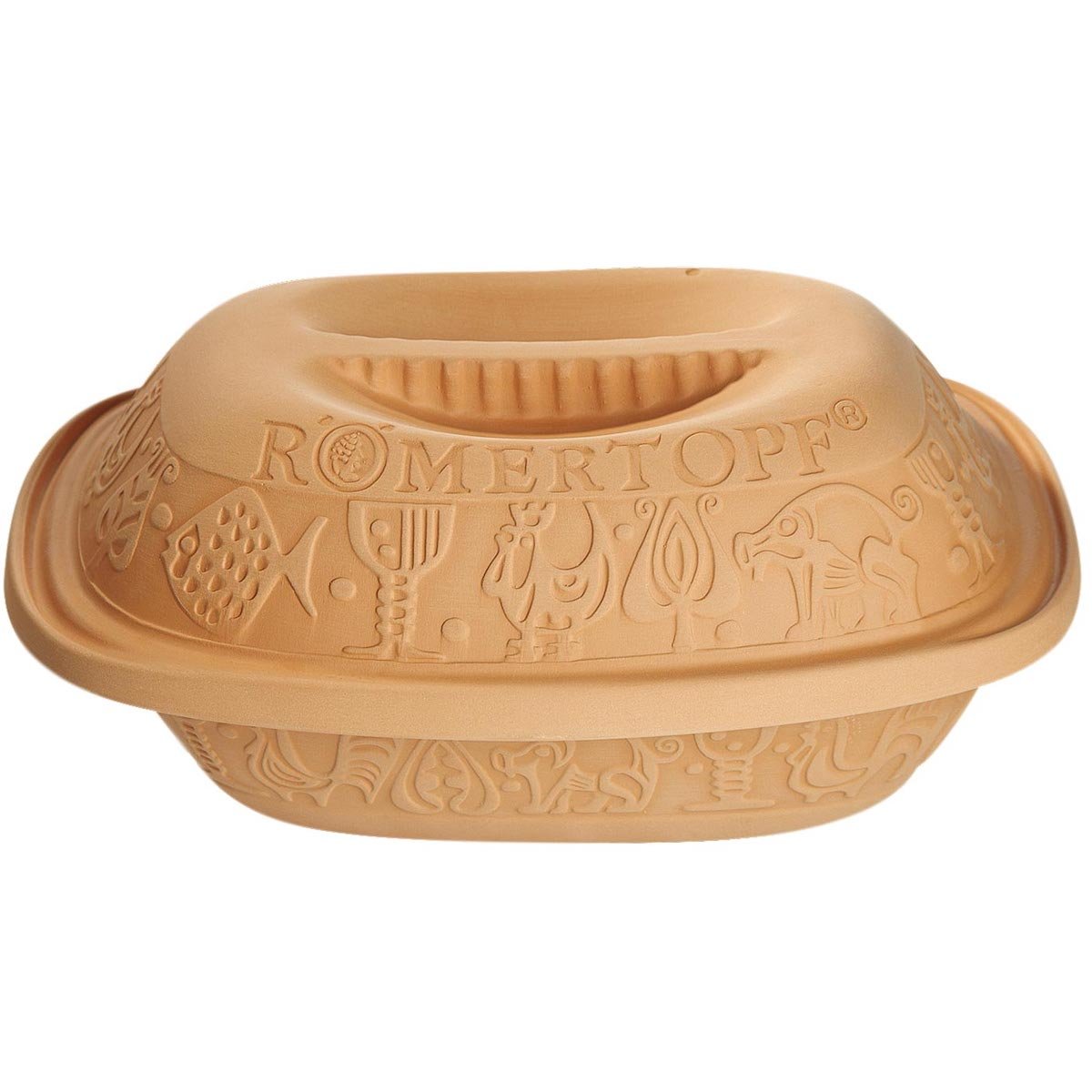
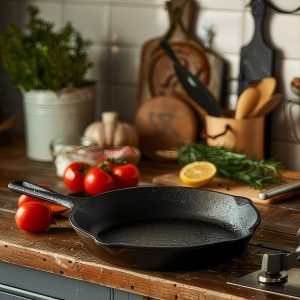
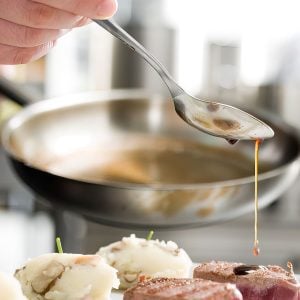
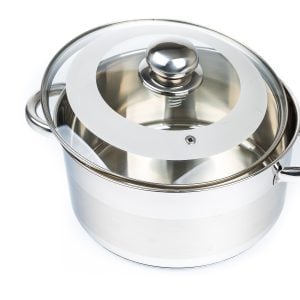
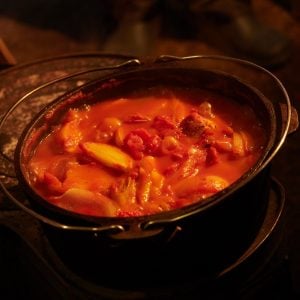
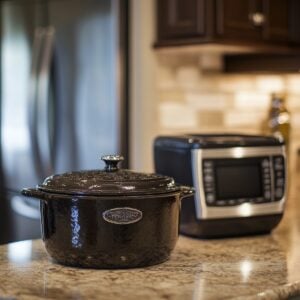


6 Responses
This is great information, thank you for sharing! I’ve really needed a new set of professional chef knives in my kitchen, but didn’t know how to go about choosing them. There have been so many new types of knives since I bought my last set, it’s hard to know which ones to buy.
If you use a knife all day every day then you want a light knife to reduce fatigue. Light knives are a joy to use and so nimble. If you are not a professional though then knife weight really is not an issue, you simply won’t be using them long enough to get fatigued in the first place.
Personally I’ve never really noticed myself getting any more fatigued from a heavy knife, and I like how heavy knives feel a lot more than lighter ones.
Great article…
Indeed the right choice of a chef’s knife is elementary for a modern chef of today. It’s not only about sharpness and long standing cutting performance, but also a kind of design and aesthetics…
The chef knife articulates an attitude of working and cooking.
This is very nice and glorious kitchen knife. Kitchen knife is very essential elements for your households and restaurant. When you would like to make some veggies, herbs, meats and small fruits; although bigger fruits such as watermelons, pineapple require bigger knives for safety purposes. So you can you use kitchen knife for your daily needs.
Thank you for the great article. No doubt a chef spends his/her time in kitchen and can cook a very delicious food if have a perfect knife to cook something.I found this article very very important because i can select the best knife for me now.